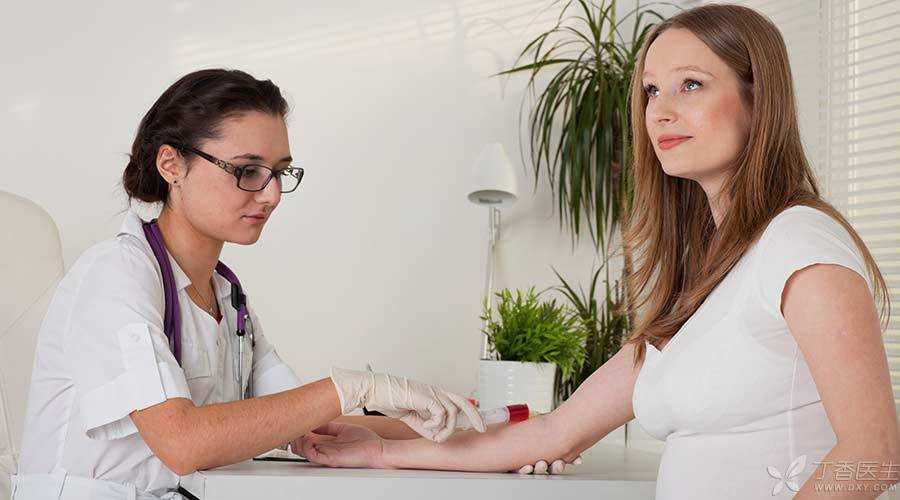
After getting married and giving birth to a baby, our mind is either on the children’s husband’s housework or on the work, giving ourselves very little time.
However, don’t forget to pay attention to your own health, physical health and mental health. Only by grasping both hands can you be a better mother, wife, employee and yourself.
Today, I’d like to talk to you about cervical cancer, which ranks first among gynecologic malignant tumors. Its incidence rate among female malignant tumors is second only to breast cancer.
The main cause is human papillomavirus (HPV) infection, which is closely related to sexual life, so mothers should be extremely careful about this disease.
Paying attention to early symptoms is the key.
Cervical cancer, medically known as cervical cancer, is related to human papillomavirus (HPV) infection, multiple sexual partners, smoking, premature sexual life (< 16 years old) and other factors.
Rome wasn’t built in a day. The cervix itself is a good comrade. Before it gradually develops into cervical cancer, it usually goes through the stage of [cervical intraepithelial neoplasia] (CIN). This is a continuous process. Generally, it is divided into three levels. The higher the level, the more serious the disease is.
At this stage, patients will have leucorrhea with bloodshot, contact hemorrhage, abnormal increase of leucorrhea and peculiar smell, which are often mistaken for vaginitis and are not given enough attention.
However, as the screening methods for cervical cancer become more and more advanced, as long as regular screening, timely detection of problems and active treatment can achieve the goal of “preventing diseases before they occur” and avoid the big fight when cervical cancer develops in the future.
Screening time and methods are learned. We need to pay attention to the following aspects:
Cervical cancer screening items are different for different ages.
The latest screening process recommended by the American College of Obstetricians and Gynecologists is as follows:
Under the age of 21, no matter whether they have sex history or not, unless they have been diagnosed with AIDS, women under the age of 21 do not need screening.
21 ~ 29 years old, it is recommended to have TCT examination (i.e. Exfoliated cytology examination) every 3 years. FDA believes that HPV examination can also be done separately for women over 25 years old. In view of the high rate of transient HRHPV infection in this age group, screening can be started from the age of 25 if there are no high-risk factors.
30 ~ 65 years old, can choose to do TCT and HPV combined examination every 5 years, or choose to continue to do a separate TCT examination every 3 years, or do a simple HRHPV examination every 5 years;
If no pathological changes are found in continuous screening, the screening may be stopped around the age of 65, but the results of the previous three TCT examinations or two combined examinations shall be guaranteed to be good.
Some high-risk women may need to be screened more frequently, such as immune deficiency, HIV infection, etc., and doctors need to be informed to make judgments.
TCT examination and HPV examination
TCT examination (i.e. Exfoliated cytology examination): Cervical scrapes are made to take some cells and send them to a microscope for observation to confirm whether the morphology of cervical cells is abnormal.
HPV examination: confirm the presence of HPV virus by analyzing cervical secretions;
Colposcopy: If abnormal results are found in the first step, the second step may require reexamination at intervals, or colposcopy, biopsy of the abnormal lesion site and pathological examination. If there are any problems, further treatment is required.

HPV Infection ≠ Cervical Cancer
There are many types of HPV virus, including high-risk type and low-risk type. All women who have sex have the possibility of infection in their whole life. Especially young women who start sex early have a high infection rate.
However, most of the time it is just a passer-by and will not cause much impact on the body. As long as the immune system functions normally, in most cases the human body can be removed by its own immunity, which is not enough. Only when HPV cannot be removed and continues to infect can it be transformed into cervical lesions.
Regular screening is also required after vaccination.
The relationship between HPV virus and cervical cancer is very close. With the development of science and technology, there are already related vaccines on the market. However, there are hundreds of types of HPV virus army, and the existing cervical cancer vaccine can only prevent a few types of HPV virus. Although some HPV viruses cannot be insurrected arbitrarily after injection of vaccines, those who have not been sanctioned may not stay put.
Therefore, even if you are vaccinated with cervical cancer, you cannot rest easy and never stop screening after that. It is better to be careful and take pains to do screening than to get away with it.
Don’t be cut off casually.
It is said that some sisters, found to have early pathological changes in some hospitals, even cervical inflammation, were tricked by quack doctors into doing LEEP surgery (cervical annular electrosurgical resection) for no apparent reason in the past. Although there are few cervix resections, they will have adverse effects on pregnancy in the future:
Some patients may suffer from massive hemorrhage due to poor postoperative recovery, poor wound healing, or amenorrhea and dysmenorrhea due to inability to excrete menstruation due to cervical adhesion and blockage.
Due to the incomplete cervical function after cervical resection, some women will not be able to bear the gravity of the fetus after conception, resulting in recurrent abortion, premature delivery, etc.
In this way, it will be a great damage to your body and your money.
